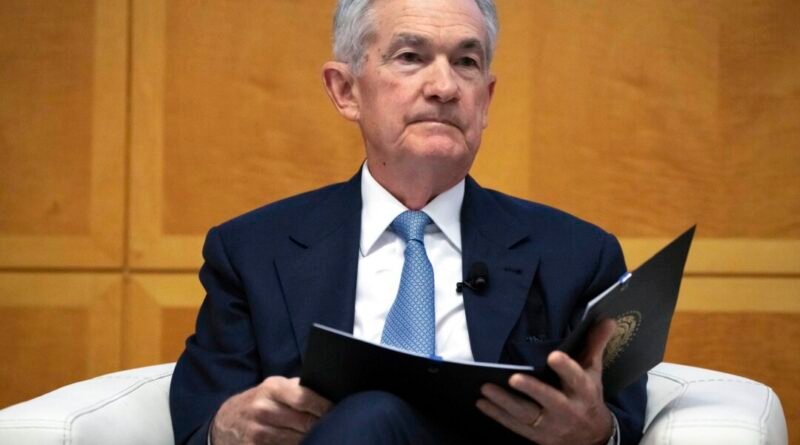Is There Trouble Brewing in the Monetary Paradise? Federal Reserve and Central Banks Suffering Billions in Losses Annually
The Federal Reserve’s increasing losses are resulting in less money available to cover the U.S. government budget deficit.
The Federal Reserve and other central banks globally have experienced significant losses due to their actions to combat inflation by raising interest rates. Despite these substantial losses, central bank leaders do not believe it will change how they conduct monetary policy.
The U.S. central bank’s funding comes from the interest earned on its securities holdings, which are purchased through open market operations to influence interest rates in the debt market.
Excess earnings are passed on to the Treasury Department as remittances. From January 2011 to September 2022, the Fed sent around $1 trillion in cumulative remittances to Washington, assisting in paying some bills and reducing the budget deficit to some extent.
Over the last 19 months, the Fed has accumulated approximately $1 trillion in unrealized losses. This is due to significant operating losses as it pays banks interest at 5.5 percent, resulting in interest expenses surpassing interest income. When interest rates were near zero, these costs were minimal.
This also means that the Treasury is no longer receiving free money, with H.4.1 data indicating negative remittances of $151 billion for the week ending Feb. 21. This erases the revenue stream for the Federal Reserve and exacerbates federal debt and deficits.
Until then, to avert a fiscal crisis and prevent panic on Wall Street, the Fed is categorizing negative liabilities as deferred assets.
“Once the Fed starts earning a positive net income, it will reduce the value of the deferred asset until it reaches zero, at which point remittances to the Treasury will resume,” regional central bank staff explained.
“This deferred asset grows until the Fed generates a positive net income, which is anticipated once interest rates on its long-duration assets surpass the interest paid on reserves and reverse repo facilities.”
Fisher Investments staff compares it to “largely imaginary red ink” as the Fed isn’t subject to capital requirements like commercial banks.
“A central bank is not a company. It cannot declare bankruptcy, undergo bank runs, or worry about repaying creditors and investors,” the investment advisory firm stated in a note.
Monetary Troubles in Europe
Similar financial trends are emerging across Europe.
The European Central Bank (ECB) reported its first annual loss since 2004 due to higher interest expenses and stagnant interest income amid rising interest rates and long-term maturities, similar to the Fed.
In 2023, ECB officials disclosed losses of $1.4 billion, and ongoing losses are expected in the future.
However, the ECB affirms that these losses will not impact its ability to carry out effective monetary policy.






